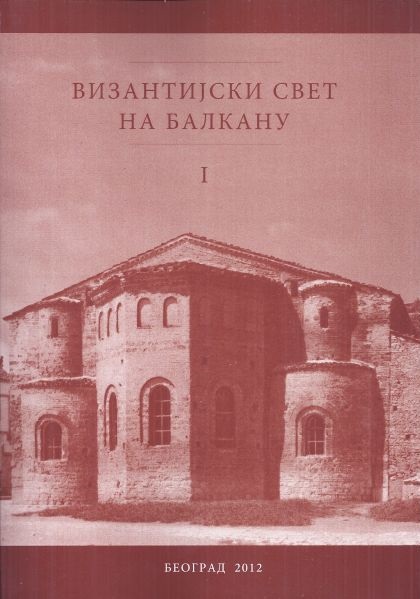Неумски кодекс Охрид бр. 53 у рукописној традицији XI века
Neumed Codex Ohrid no. 53 in the Written Tradition of the 11th Century
Author(s): Vesna Sara Peno
Subject(s): Cultural history, Music, History of Church(es), 6th to 12th Centuries
Published by: Vizantološki institut SANU
Summary/Abstract: The Sticherarion No. 53 from the National Museum in Ohrid is one of a few notated neumed monuments that belong to the Paleobyzantine period of musical literacy. It is dated at the end of the 11th — beginning of the 12th century, completely written in Greek. Originally, it was not exclusively intended for chanters. The neumes were added later, above the stichera automela. Concerning the notation type, Ohrid No. 53 belongs to the Coislin codex group. The most frequent neume signs suggest developed Coislin symiography. The analogy with the manuscripts dated later is also striking. Namely, there are apparent similarities between Ohrid No. 53 and Vindobonensis theol. gr. 136, which was written during the first half of the 12th century. The elements of so-called Round or Middle Byzantine notation are characteristic for both of the codices. Some of the great — or hyaeronomic signs are also present in the Sticherarion No. 53. The Ohrid neumed collection deserves its place among the family of codices from the second half of the 11th and first decades of the 12th century also for its liturgical text structure. Of special interest are those services indicating the possible Constantinopolitan origin of the collection. By indicating the typical paleographic features of Ohrid No. 53, its approximate position in the written musical tradition of Byzantium is determined.
Book: Византијски свет на Балкану I-II
- Page Range: 191-203
- Page Count: 13
- Publication Year: 2012
- Language: Serbian
- Content File-PDF

